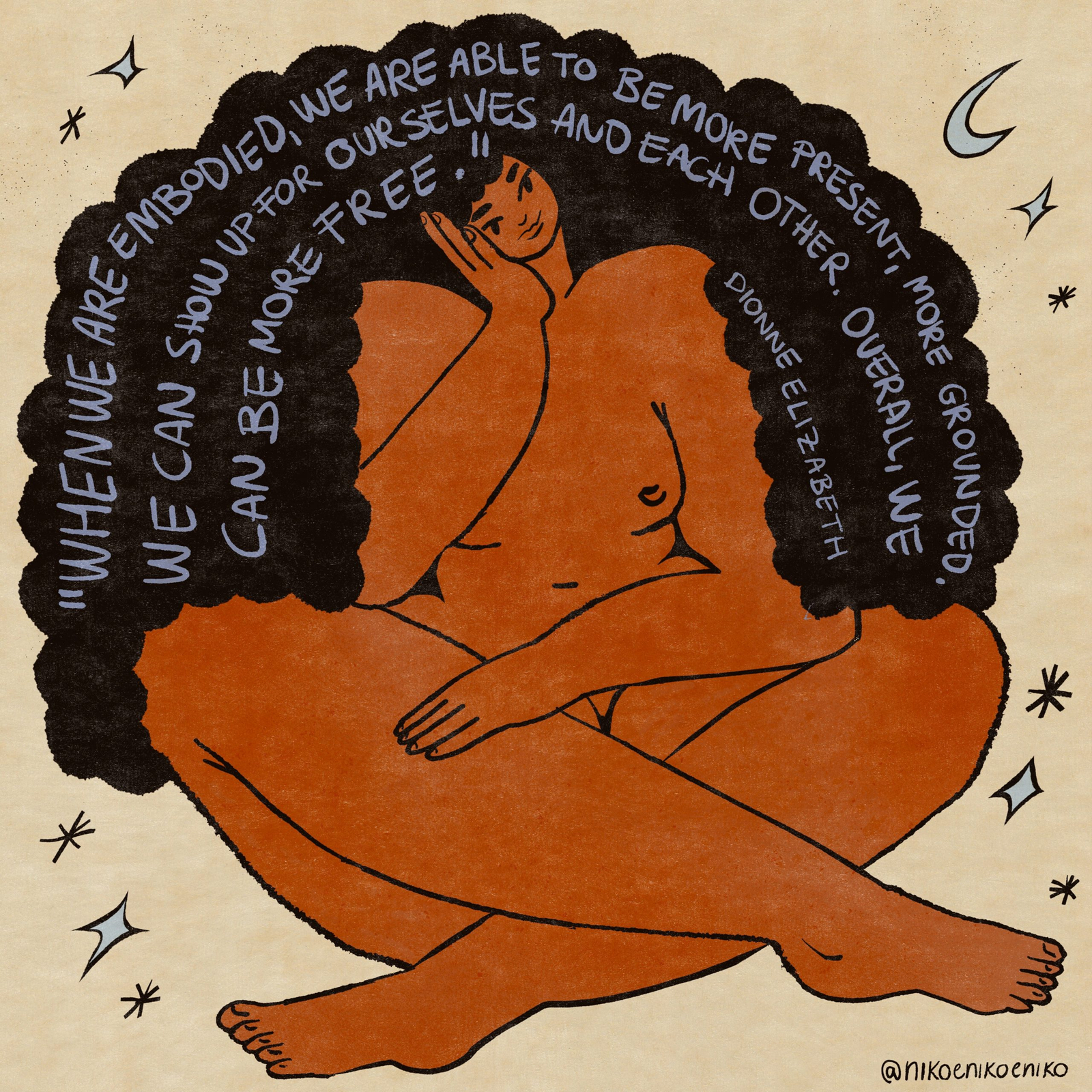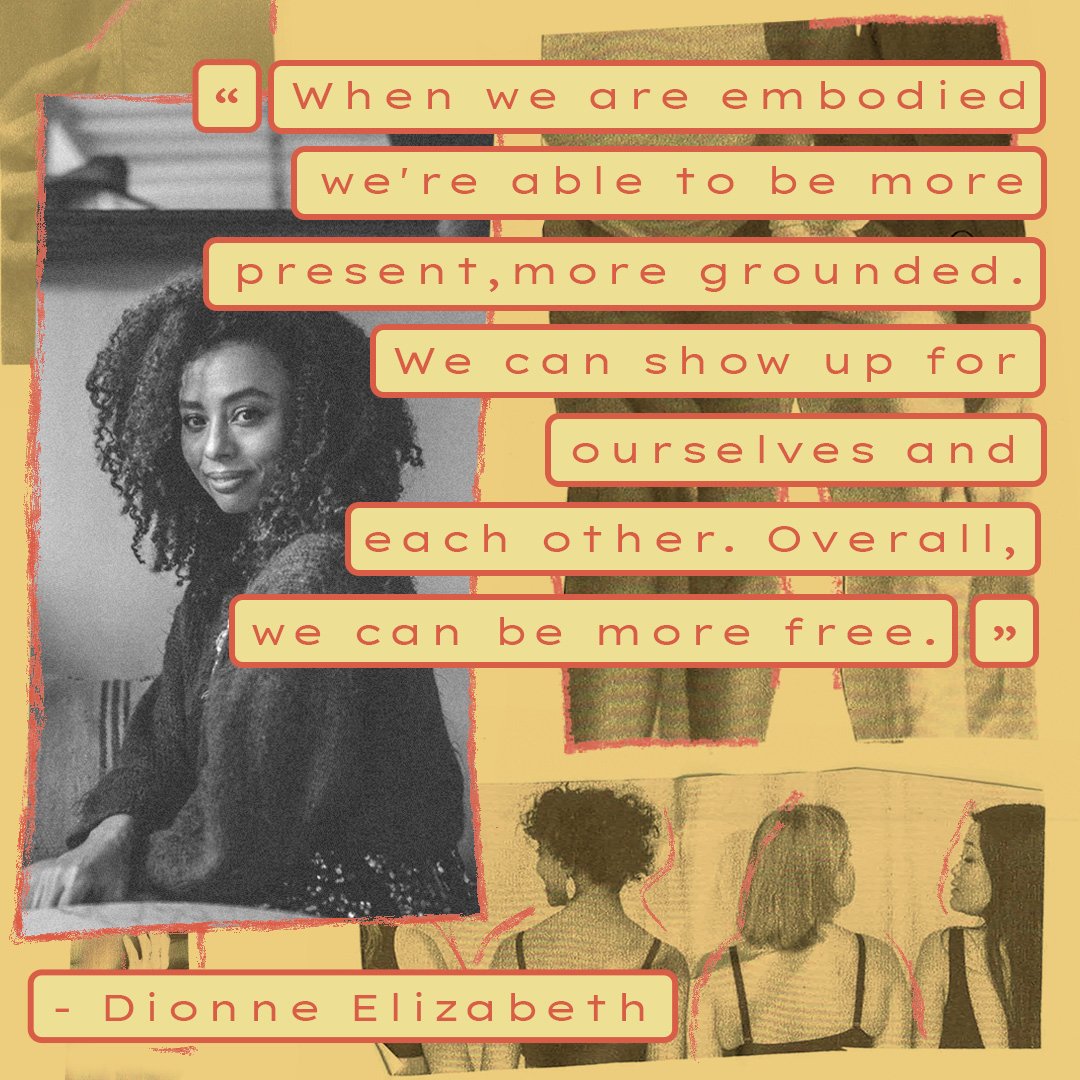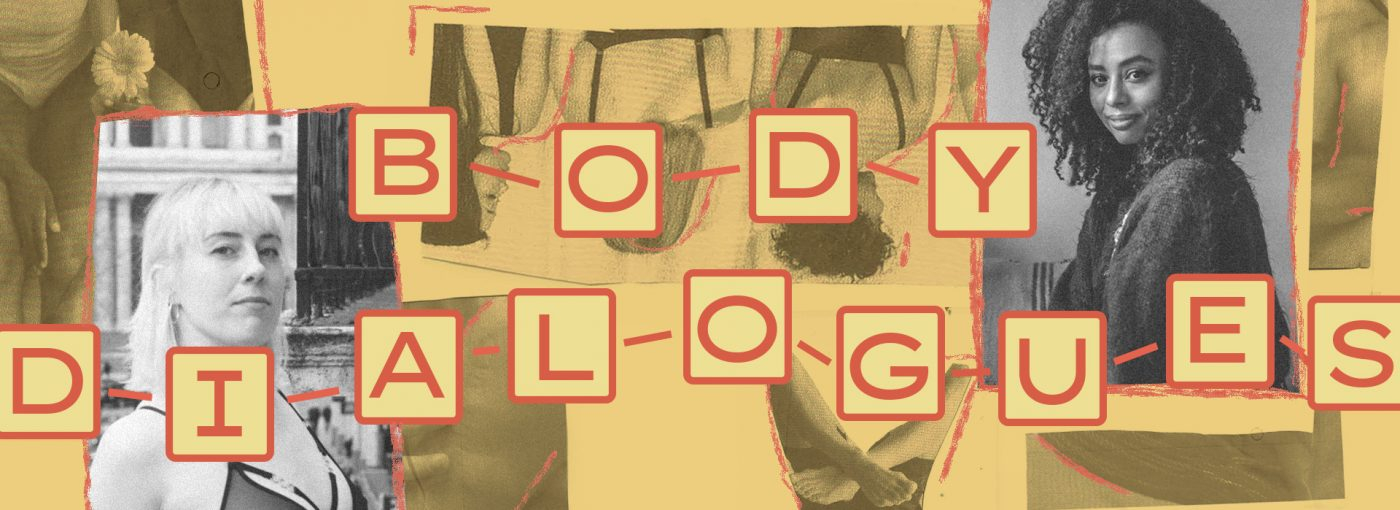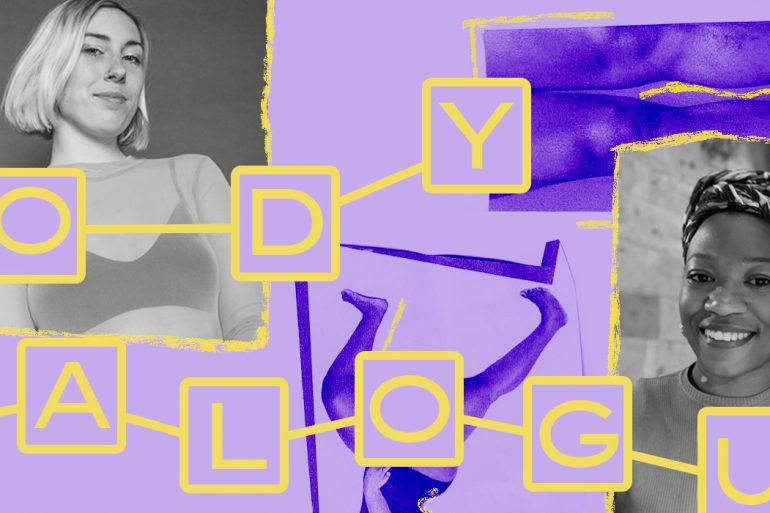Ever catch yourself needing to “do” all the time? If you, like many of us, are feeling stuck on this hamster wheel we call life, you might be suffering from a case of white supremacist capitalism blues.
At its core, capitalism produces a sense that our worth as human beings is intrinsically linked to our production value. This devoids us of appreciating what is really important in life. For example, when was the last time you stopped, quite literally, to smell the roses? To appreciate what we have, rather than what we haven’t got or haven’t done?
As humans, our value is inherent but unfortunately, the current systems in place tell us otherwise. This is especially true for those in society who are told they are worth less than others: who have to work harder to be valued, to be deemed worthy.
American author and social activist, bell hooks, best known for her work around race, feminism, and class, published all about love at the turn of the century. It is a book that reminds us to come back to the active choice of love as a means of tackling oppression and moving towards freedom.
As a verb, bell hooks writes that love is “never simply a feeling” but an act of rebellion that moves “against fear, against alienation and separation. The choice to love is a choice to connect, to find ourselves in the other.”
But in a system that is built to keep us on the hamster wheel, how do we find the time to connect and to find ourselves?
Introducing the creative embodiment polymath
While she isn’t a fan of labels, unless used in the liberatory sense, Dionne Elizabeth is a self-described polymath: a person of wide knowledge spanning creativity and embodiment.
From creating VR and sound installations, to teaching and guiding people through yoga, movement, embodiment, and meditation practices, Dionne also DJs, curates, writes, and produces records and podcasts, alongside offering creative coaching.
Her projects may seem like an eclectic mix, but they are all interconnected, showcasing her deep love for the multi-modality work that seeks to dismantle the boundaries that dominant forces constrict us to.
Her goal is to offer somatic (relating to the body) spaces for people to connect with and “remember who the hell they are and feel more free.”
Interviewing Dionne has been a long time dream of mine. We connected back in 2015 when a friend brought me to one of her yoga classes in Brighton. I’d only once tried yoga before, hot yoga, and found it laborious, strict, and at times uncomfortable. So when I stepped into this sensually inviting, playfully wholesome, colourfully stimulating space, it was like I’d found my place.
The bonus was technically the free fro-yo after the class, but the whole experience was my weekly refuge to come home to my body, my heartache healing space, a place to cry, to nap, and to just play. So much of what I know about my body and my creativity is because of Dionne.
Over the years she’s recommended books such as Eastern Body Western Mind, all about love, Pleasure Activism, and The Artist’s Way that have broadened my understanding of how we connect to ourselves, each other and the world.
She’s curated playlists (that I am listening to as I write this), that have soothed me in times of pain, inspired me in when I’ve had mental blocks, and provided joy in moments of sadness.
Not to mention the copious exercises that she’s guided me through in online classes and Youtube videos that have helped me grow so deeply. Especially during the pandemic – Dionne gave me the room to be, play, and breathe, even when there was no space to move.
So, you can see why I was thrilled when she agreed to speak with me on this topic of the body.
Traumatising systems and burnout
What I find so refreshing and poignant about Dionne’s work is the deep thought and clear research behind each teaching. These are fully informed through her understandings of collective trauma and the impacts of capitalism, upheld by white supremacy.
These systems, she tells me, insidiously convey “very loud, very real, life threatening messages that tell us we’re not allowed.”
Dionne goes on:“there’s a lot of shaming that tries to get us to conform to the dominant ideas”, particularly of pushing through. So, why if productivity is supposedly what makes us worthy, does this manifest in us feeling that we are never doing enough; we are never going to be good enough; and we simply aren’t enough?
She ponders for a moment, replying, because surely “as humans, we’re just kind of here on this planet? To sort of chill and sit on rocks and maybe go and get some food? What did humans do for the most part before capitalism, or even before feudalism and Calvinism?”
Subscribe to shado's weekly newsletter
Exclusive event news, job and creative opportunities, first access to tickets and – just in case you missed them – our picks of the week, from inside shado and out.

As a survivor of abuse and late diagnosed neurodivergent person, Dionne knows all too well the dangers of “pushing through” – and the message that capitalism gives us “tries to separate the body and the brain in order to get people to push through.” It wants us to override our emotions, using catch phrases like “mind over matter”, which she argues are “quite dangerous and worrying,” as we eventually burn-out.
I reflect upon my own complicated relationship with rest. A feeling of guilt washes over me as I write this on the tail-ends of a cold; I can feel my body craving more rest to fully recover. Yet, it’s so ingrained in all of us to push through. So much so, that Dionne was diagnosed with an autoimmune disorder.
As well as looking at the importance of rest from a medical approach, Dionne observes her disorder from an experiential lens. She explains that: “the panic attacks I began experiencing in the 90s – what I initially thought was a brain tumour – was in fact a clear example of my body trying to send me a message: I’ve been trying to have this conversation with you, Dionne, and you’re not listening. You’re going to have to learn, and if you’re not listening, and if you’re not trusting the messages that you’re receiving, I will keep talking to you, I will keep trying to tell you.”
With a history of anxiety and panic attacks of my own, I remember feeling so frustrated with my body. As it turns out, I felt similarly to Dionne, who thought her body was betraying her, I also couldn’t trust my gut. simply because it felt too painful, thus causing me to push these messages down, ignoring them and separating myself further from my body.
Like most of us do, I thought that rolling with the productivity (aka burn-out culture) would bring me happiness.
The reality? Dionne tells me that our bodies are simply “trying to take care of us” by telling us to slow down. This body wisdom can be a helpful guiding anchor for us in a variety of ways. Dionne explains: “in terms of our intuition, in terms of how we’re moving through this life, in terms of really understanding what we want and need in this world. I think there is so much we can learn from the body.”

Spatial awareness and built environments
Due to the impacts of the pandemic, many of our realities have been altered in terms of how we relate to ourselves and each other.
Dionne reflects on this. “We’re obviously all traumatised, and how does that affect how we’re in space with each other? How are we moving through space at this time? Are we more guarded? Are we braced for something?”
There is a key teaching by Bo Forbes and Kris Manjapra on the Social Body, who explain how our bodies exist in relation to our environment as opposed to the hierarchy that we often see in Western dominant culture. Dionne explains this as “the body being separate to the brain, and the body being separate to what we’re experiencing, like nature, or art. When actually there is a communication happening because we are a product of our environment. We are the environment.”
Being Black and living in a white space affects Dionne’s life every day. Even leaving her home creates a sense of danger, with insidious and overt racism “affecting very simple things I’m trying to do in the world.” She explains the importance of her sense of proprioception: the awareness of the body in its environments, and of interoception: a mindful awareness of the internal body.
Dionne notes that particularly for poor people, “built environments and architecture” are places that “are meant to make you feel bad.” Reminding us of “who’s allowed to even walk on the grass. You’re not allowed leisure. You’re not allowed space for rest. You’re just on edge all of the time, and the architecture reflects that.”
How to return to embodiment
Turning inwards, into our interoception, questions like: “Do I need to use the bathroom? Am I hungry?” But also it can be things like, “How am I relating to myself? Do I feel safe at this moment?” which can be valuable in knowing how to move through the world.
She explains that this body awareness is important for us to “notice what’s feeling helpful, or nice or pleasurable. As well as what’s feeling unstable, or uncomfortable, or wretched, and everything in between.” This allows us to observe and hold “the discomfort or pain that might be present, or the really difficult stuff.”
Dionne actively curates and creates with these questions in mind, and in any given project there will always be a check-in and ways to “involve our body wisdom.” For example, if you’re in the process of making a decision about something, “even something mundane”, she asks us to pose the question: “Are we actually embodied in this process?”
If the answer is yes – then amazing! If not, Dionne explains there are many tools that we can explore embodiment through, but first and foremost, it’s also important to appreciate that being disembodied can have its benefits.
It comes down to why we disembody in the first place. Ultimately, “it can be a way of surviving,” she explains. Imagine being utterly embodied and present in every single part of our lives… It would be a lot to handle. For example, if we take into account living through a pandemic, dissociating from our realities very likely helped most of us simply get through the days.
However, she doesn’t think a disembodied state is particularly helpful over extended periods of time, because in this state we aren’t really “able to take care of ourselves, or even allow ourselves to be taken care of.”
While being embodied (being present with our feelings) can feel challenging, Dionne highlights that “when we are embodied, we’re capable of having a deeper relationship with ourselves. We can listen better to what we need, we can be in better relationships with other people; more present, more grounded. We can show up for ourselves and each other.”
Our relationship with our body is one that is “ever evolving.” And for that, Dionne is grateful; “it’s never boring, ever. It’s different on different days, but also at different moments of the day.”
Creating accessible tools for play
Over the years, I have found myself so grateful for Dionne’s wisdom in helping me uncover my own body wisdom. But I’ve also been so in awe of the choices she makes in terms of creating accessible resources.
“I’ve always tried to dismantle the bullshit and create more access for people who really, really could do with the tools. That doesn’t mean I’m only trying to target one particular audience. But I’ve always tried to make sure that there are offerings that are accessible for people.”
She explains that so much is assumed about what people have access to: that was, and still is, a “point of resistance” for her. She applies this issue to the Western approaches of yoga and wellness – that is often a very white dominated, expensive, and inaccessible culture.
Growing up working class in a council estate, Dionne believes her environment was telling her she didn’t deserve anything. As teachers in school were also reinforcing the message that she’d never amount to anything, Dionne wanted to break out of this; to create something more spacious where people can really connect to the everydayness, where things are as accessible as possible.
I reflect upon the variety of yoga classes I have been to over the years, each having their own message and intention, whether that be fitness, strength. In the case of Dionne’s classes, which are in her words, are never usually “straightforward”, they invite play and offer rest – a space to come home to your body amidst the harmful messages of: work harder.
Making play part of the everyday is just one of the many restorative practices that Dionne has taught me. If you are looking for ways to tap into your own body wisdom and create more play, rest, and resolution in your life, here are a few tools you can easily apply to your everyday:
-
Bathroom discos
Honestly, one of my favourite things to do is pop on one of Dionne’s curated playlists (there’s so many moods to choose from), run a bath, light some candles, grab some essential oils, and turn it into a mini self-love experience – moving to the sounds, indulging in the sensuality of the bubbles, your skin, the soundscape.
For Dionne, Bathroom Discos have been a great source of comfort and survival. As she explains: “You just need to dance. This could be in your bathroom, or anywhere else that feels possible. This could be in the shower, or even a bucket bath like I used to do in the Caribbean.”
Bathroom Discos can involve anything from moving around to touching your body in time to the music and just using that time for self-care and kindness, to find a connection to yourself.
-
Burrito pose
Learned from the author of Yoga for Emotional Balance Bo Forbes, the Burrito Pose is a pose where you lie down on your belly. It’s a really simple thing you can do, and there are ways you can make it more complex or target particular areas with the aim of stimulating vagal tone.
Activating the vagus nerve, which is a fundamental part of the parasympathetic nervous system, can invite regulation. Due to chronic stress and fatigue, many of us are living with an activated sympathetic nervous system which engages our fight, flight, freeze, fawn response.
After a restorative pose like this, you don’t know what could come up, whether it be relief, or even a feeling of deep sadness. Dionne explains that this isn’t a quick fix, but regulating our nervous system can allow us a bit of breathing space to acknowledge and hold space for our feelings.
Follow along with Dionne’s Burrito here.
-
Connective tissue work
Connective tissue is made up of cells, fibres, and a gel-like substance that supports and protects other tissues and organs in the body. Using techniques to release this tissue from tension can induce a state of ease.
Dionne explains that tissue work “could be anything from using a tennis ball to massage yourself to leaning on something, or even just using your hands and fingertips to really sense and touch.”
As a survivor, Dionne acknowledges the variety of people coming to this work with their own traumas. She emphasises the importance of being not only trauma sensitive, but trauma responsive. Of course, while you can’t be responsible for knowing everybody’s triggers, for example touch might not be appropriate for a lot of people, instead, inviting the use of an accessible item like a tennis ball as a tool can be a way of practising touch. Offering agency and choice in exploring connective tissue work in a safer way.
At the very least, it’s a great way to make use of those dusty tennis balls at the back of the cupboard.
A final release
Do you tend to ignore feeling of discomfort in the hope that they may go away? Same – a lot of the time. But I know now I’m getting better at listening to what my body needs and wants in the moment. Honouring its messages, and observing the discomfort with curiosity.
Indulge in new ways of thinking about our relationship to ourselves, others, and the world around us. Dip your toe into a sensual soundscape that transposes your emotions. Or move your body in ways you were taught weren’t allowed.
I feel so lucky to have had a teacher like Dionne. So, here’s to creating more accessible resources (I’m certainly inspired in my own journey of coaching), and for each of us to reflect on the ways we can bring more love, connection, body awareness, play, and rest into our own lives, every single day.
What can you do?
Make sure you follow Dionne Elizabeth’s playlists, subscribe to her Youtube channel, sign up to her substack, and hopefully I’ll see you at one of her online meets or retreats.
Resources:
- Read
- all about love, bell hooks
- 23 Things They Don’t Tell You About Capitalism, Ha-Joon Chang
- Pleasure Activism, adrienne maree brown
- Eastern Body Western Mind, Anodea Judith
- Body Dialogues: Sexual dichotomies and embracing body silliness with Ruby Rare – Shado Magazine
- Body Dialogues: Trans comfort and writing into pleasure with Juno Roche – Shado Magazine
- Body Dialogues: Reproductive justice and planting sensual seeds with Zachi Brewster – Shado Magazine
- Check out
- Watch
- Listen






